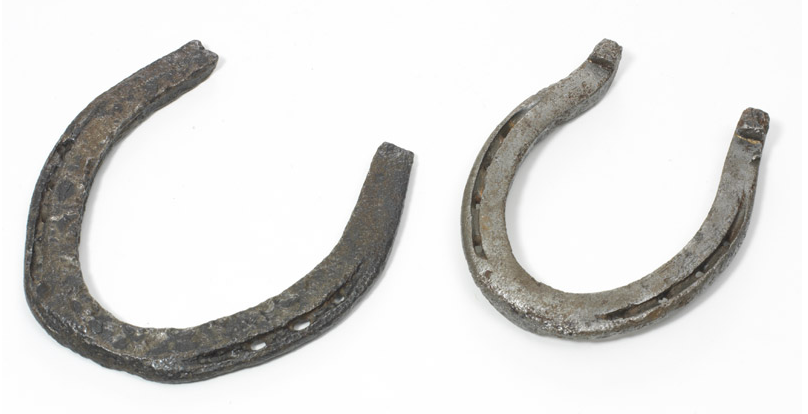
It hardly seems fair to talk about the Nail Factory Cemetery without diving more into the history of the nail factory itself. As mentioned before, the Troy Iron and Nail Factory Company (which today would no doubt be shortened to “TINFCO”) was established on the Wynantskill, just a little way north of modern-day HVCC, in 1813. Spafford (of “Gazetteer” fame) said that “The nail factory is a stone edifice of great extent, calculated to contain 24 cutting and heading machines, all driven by water power, by one enormous iron wheel.” Superintendent Henry Burden developed a number of the company’s manufacturing advances, including the wrought-nail and spike machine he patented in 1825.
In 1839, the factory was described in the Troy Directory:
“At these works 900 tons of iron were rolled last year, of which 650 tons were cut into nails. More than 5,000 nail-kegs were used; 350 tons of Lehigh coal, with 10,000 bushels of charcoal, were consumed; and more than 40 men employed. The annual disbursement on account of this establishment is about $150,000, of which the largest part is paid for iron; and about $30,000 for labor immediately connected with the works.”
That was just the nail factory. For some reason, the spike factory was considered a separate enterprise under the same company, though I think most of us would consider a spike to be an overgrown nail. This was another area where Henry Burden was key to the company’s success, having patented a machine that would make counter-sunk railroad spikes to fasten flat rails to longitudinal sleepers. (Longitudinal sleepers, ties that ran parallel to the rails, were just about out of style at the time.) “The spike factory, owned by the proprietors of the iron and nail factory, made about 150 tons of wrought spikes, employed 8 men, and consumed about 40 tons of Lehigh coal, with about 2,000 bushels charcoal.” Burden later patented a hook-headed spike machine for laying the new styles of rails; his first order of 10 tons went to the Long Island Railroad.
This wasn’t even really what made the company’s fortune. At a time when the entire country depended on horses, horseshoes were still being made one at a time by blacksmiths. Burden created a horseshoe manufacturing machine, patented in 1835, that could make 15-20 horseshoes a minute. With many improvements in process and speeding up to 60 shoes a minute, a few decades later the Burden Iron Works would provide nearly all the horseshoes used by the Union army.
Want to know more about Henry Burden? Just follow these links:

8 thoughts on “The Nail Factory”